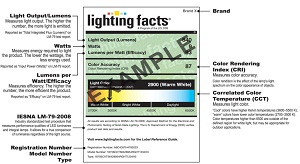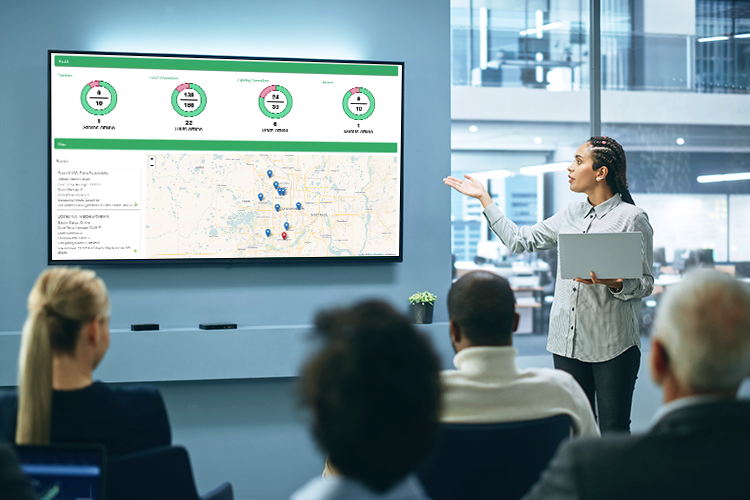Part 1: Two Tools to Evaluate the Products We’ll Be Seeing at Lightfair 2013
February 22, 2013
We’re coming up on Lightfair 2013 and it’s back in Philly for the second time. The first time was in 2011 and it was my favorite of the five or six LF shows I have attended. The show is at the Philadelphia Convention Center, which is right in the heart of downtown.
At most of these conventions you are beholden to the food court at the convention center, but right across the street from this show is the Reading Terminal Market. This 120 year-old farmers’ market is a great spot to grab breakfast or lunch. Other than the prime location, my big takeaway from LF 2011 was that LEDs had officially taken over the show.
Sharks. Big Fish. Little Fish. Goldfish. Everybody was involved, whether it was at the fixture level, lamp replacement level, or component level (drivers, optics, LEDs, etc.). There are a lot of great products from companies we’ve all heard of. There are great products out there from lesser known companies. But there are also a lot of products that many of us have become leery of, products that look cobbled together, with high output, long life and low-price promises.
I’d love to be able to run tests on every fixture we’re considering for our customers but, of course, that’s not realistic. I’d also like to believe everything a manufacturer says on their data sheet, but as CALiPER tests have shown us for years, spec sheet promises often don’t jive with reality.
CALiPER testing is a Department of Energy (DOE) funded program that does blind testing of groups of similar LED fixtures. It publishes the test results, compares the results to the specifications from the manufacturer, and compares the results of the LED fixtures to their counterparts with “old” lamp technologies.
It started in 2006 with a couple reports per year, but in 2012 they published seven different reports, and I don’t see that pace slowing down. The reports are not made so much to punish those that are over-promising (manufacturer names are not published). It’s more about showing the industry that you can’t always trust what the manufacturers are telling you. It demonstrates that just because it’s an LED, it doesn’t mean it’s better than the incumbent fixture.
These CALiPER reports are valuable, but because they are blind tests, they don’t help a specifier or end user know that the fixture that is being installed is performing as the manufacturer has promised. That’s where Lighting Facts stepped in a couple years ago.

Also a DOE funded program, Lighting Facts is more focused on making sure customers are getting what the pay for. As you can see, lighting facts confirms all of the metrics that most of us care about (Light Output, Wattage, CRI, etc.) and they are doing it with industry standard LM-79 testing.
I think much of the early traction for Lighting Facts was on the fixture level, but they have made a strong push in the consumer light bulb market. Next time you buy a light bulb, you might either see the lighting facts label on the outside of the box or printed off and included within the box. If you do, you can know that you are definitely getting what you are paying for.
So as you pack your bags for Philly, don’t forget these two handy tools you can use to review the latest lighting products on display at Lightfair.
Watch for next week's blog update that continues this discussion with a focus on Energy Star and DLC ratings and their use in utility rebate programs."
Tony Johnson is Energy Management Collaborative's Technology Manager. In this role he combines his background in lighting & controls design and solid state light fixture design with his expertise in energy savings to evaluate emerging technologies for EMC customers.


